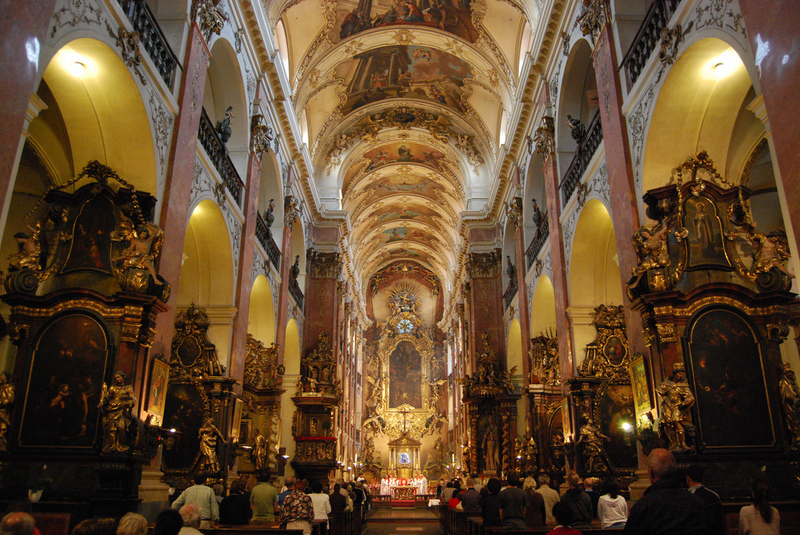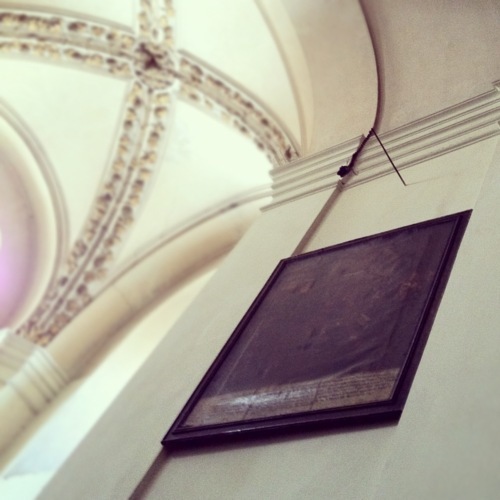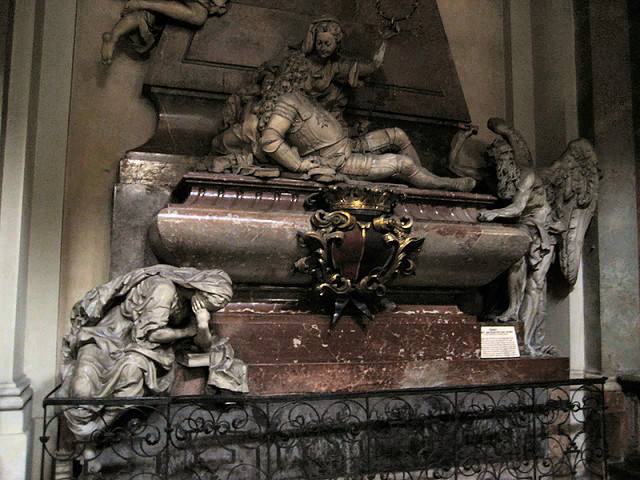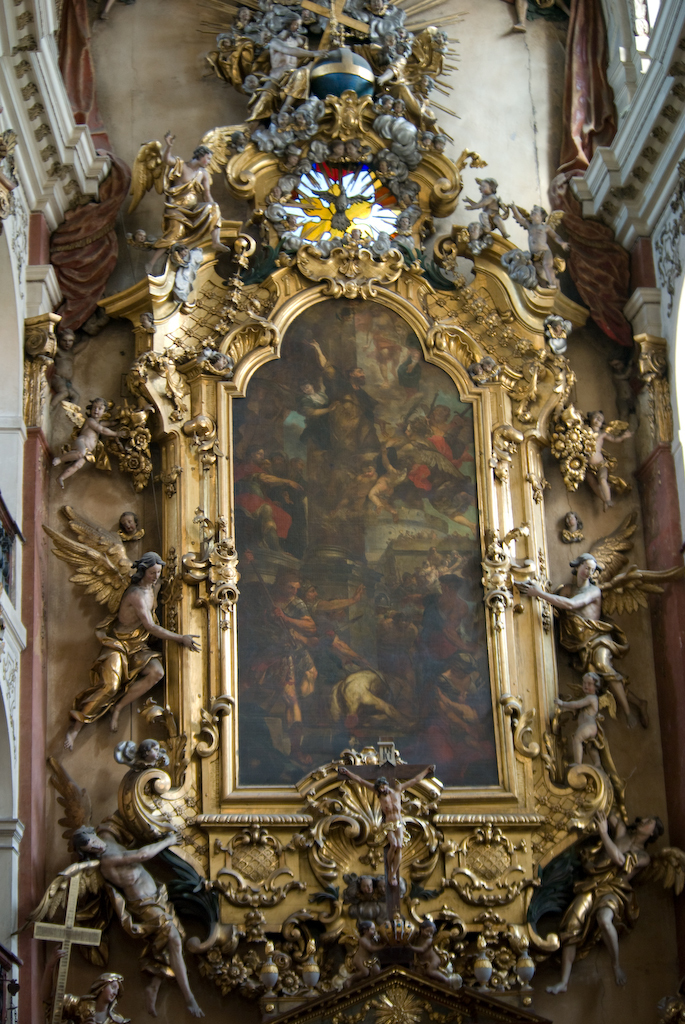The Thief's Severed Arm
Originally published on Atlas Obscura.
When you step into the nave of St. James the Greater in Prague (or Kostel Sv. Jakuba Vetsiho), look up to your right. There’s a withered black arm hanging on a hook on the ceiling. Unlike the bones of saints one frequently finds in Catholic churches, there’s no reverence in its placement there. Quite the opposite, it’s hacked apart — tendons and skin dangling in the air where the shoulder should be. No one knows exactly when the arm was hung there, but the story of how it got there is legendary.
A long time ago, the story goes, probably around the 16th or 17th century, a man entered the church at night. He crossed the same threshold that groups of tourists still cross today, and just like them, he marveled at the beauty of the church. Precious stones and gold glinted in the candlelight, but the jewels adorning an icon of the Virgin Mary caught his eye. Certainly those would be more useful to him than to a statue. He climbed up and pried one loose.
The icon broke her pose and wrapped her cold stone hand around his arm. She kept him there until morning when a group of monks discovered him. They tried to free him. Perhaps they even forgave him. But it was no use. The icon remained unmoved. With all other options exhausted, they were forced to ask the parishioners for help. The church was, after all, near the butchers’ guild.
Amputation in those days was a crude and unanesthetized procedure even when performed by a doctor, let alone a group of butchers. The screams of the thief were probably heard for blocks given the excellent acoustics that make the church a popular concert venue. But when it was all over and the arm was removed, amid all the blood and carnage, the icon dropped the limb and returned to her serene pose.
The butchers hung the arm in the nave as a warning. It probably would have been there for a century, give or take, when Count Jan Václav Vratislav of Mitrovice died of dropsy in Vienna. A massive baroque monument was commissioned for the church and carried out by Viennese architect Johann Bernhard Fischer von Erlach. The only problem was, when Count Vratislav arrived back in Prague, he wasn’t quite dead.
After his funeral, horrible noises came from the tomb for days. The parishioners, thinking that the count’s soul couldn’t find rest, blessed the tomb and prayed for him until the noises suddenly stopped.
Today when we hear buried alive legends we usually comfort ourselves with thoughts like “perhaps it was just the corpse decomposing and releasing gas.” But that doesn’t explain what workers found in a subsequent renovation of the church. Somehow, the count had gotten out of his coffin but was trapped by the massive stone monument.
The last strange occurrence at St. James happened about 50 years later. The painter Vaclav Vavrinec Reiner was hard at work on what is still the main altar piece. Every morning he walked under the withered arm of the thief in the nave and began his workday with the count’s skeleton unknowingly lying just beneath the stone nearby. The Black Death was still ravaging Prague. Many of the parishioners and clergy of St. James died, including Reiner’s family and friends. So many people around him died that people started wondering if the altar piece was protecting him. Their suspicions were only confirmed on the day he finally finished the piece and discovered the telltale welts of the plague. He was dead by the following day.
Photo credits: 1. Mo Costandi, 2. Me, 3. Christian Bredfeldt, 4. Charles Hoffman.




